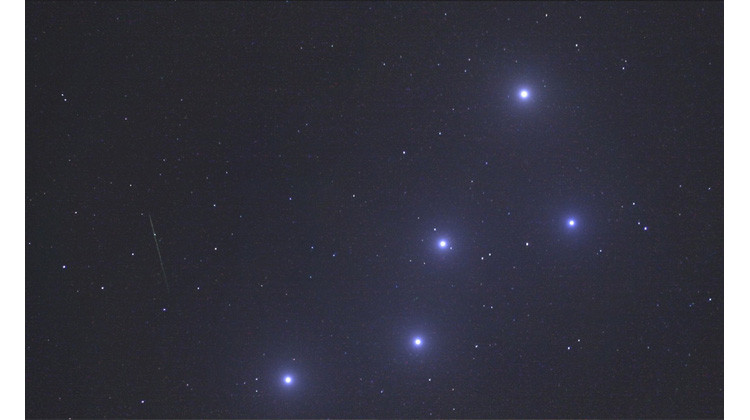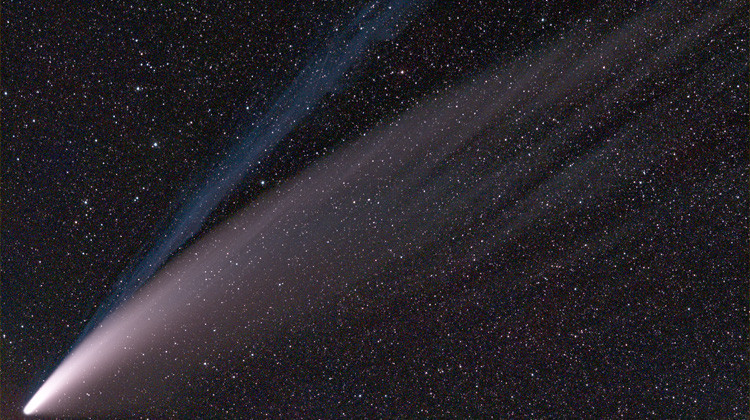Back to: Weekend Sky Report

Messier 22 and Saturn
October 12, 2018
Cooler temperatures means fewer mosquitos, so, at least for me, that means more telescope time.
I’m Matt Pelsor, and this is your weekend sky report.
This weekend, grab a coat or just throw on a hoodie and spend some time finding one of the brighter, and therefore most popular globular clusters.
Messier 22 was the first known globular cluster, which is a term used to describe a dense cluster of thousands, even tens of thousands of stars all bound together by gravity. Perhaps the most interesting thing about globular clusters is their age. They’re believed to contain some of the oldest stars in the galaxy. How they form is still being studied, but one hypothesis is that, as time passes, nearby stars of a certain mass become entangled in each other’s gravity. As the collective gravity of the cluster increases, it attracts more and more passing stars. As millions and even billions of years go by, the cluster grows.
Messier 22 was discovered in 1665 by German amateur astronomer Abraham Ihle (EE-luh) while he was observing Saturn as it passed through the constellation Sagittarius. And coincidentally, that’s exactly where you’ll find it tonight.
To find Messier 22, look to the south, southwest for Saturn. It’ll look like a bright yellow star that doesn’t twinkle. Once you find it, take a look with your telescope. Saturn’s always worth gawking over. Then, with your widest-angle lens, scan slowly to the left, more toward the southern sky. Once you see a dim, fuzzy patch of light, you’ve found it.
If you see Messier 22 this weekend, you’ll be looking at a globular cluster of about 70,000 stars 50 light years across.
I’m Matt Pelsor… happy skywatching.
 DONATE
DONATE













 Support WFYI. We can't do it without you.
Support WFYI. We can't do it without you.